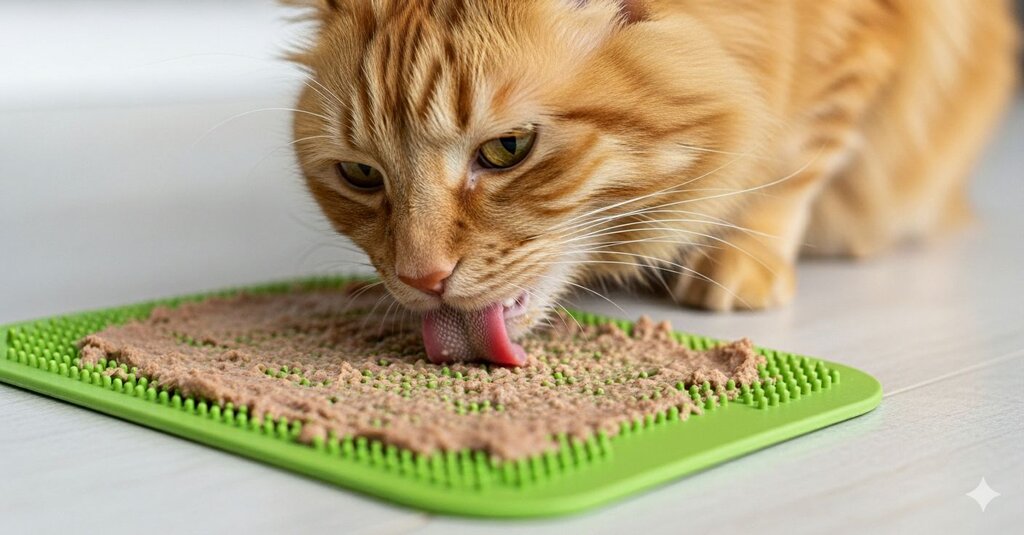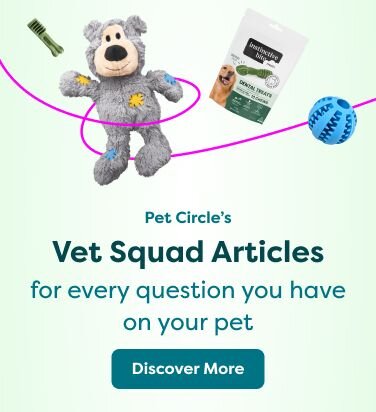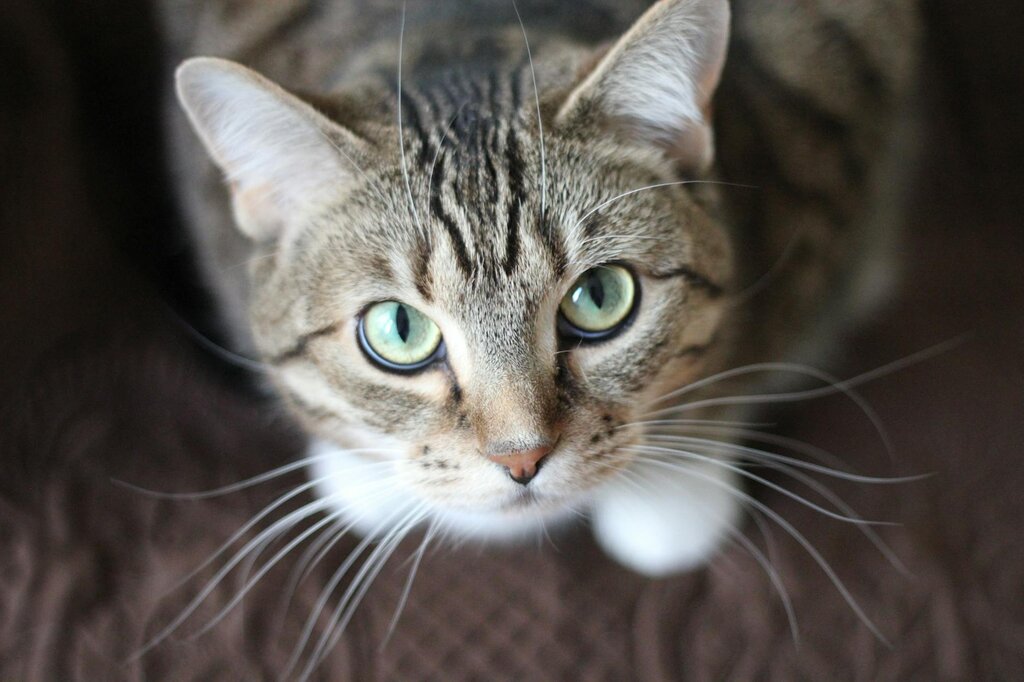Last Updated: 26/09/2025
How to Increase Your Cats Water intake
Interested in learning how to get your cat to drink more water? Read our tips from our vet team on how to increase fluid intake in your cat.
Author: Dr Teagan Lever BVSc (Hons)
Reading Time: 2 minutes - short read
Keeping your cat well hydrated helps to support kidney function and maintain bladder health. Whether your cat has been diagnosed with kidney disease, a lower urinary tract disease, or you just want to keep them in tip-top shape, there are some things you can do to encourage your feline friend to drink more.
Feed wet food

One of the easiest ways to increase your cat's water intake is to feed wet foods from cans or pouches. The water content of commercially prepared wet foods can be upwards of 60% to 80%. While this makes them a less cost effective way to feed your pet, it does mean that your cat is consuming a lot more water without much effort on your part. You can boost the moisture content of these foods even more by mixing in water prior to feeding.
Provide running water
Have you ever wondered why you cat likes to drink out of the tap or shower head? Interestingly many cats have a preference for drinking running water. Rather than leave the tap running all day, a better option is a water fountain. As well as using a pump to keep the water moving through, these fountains also contain a replaceable filter to keep it nice and fresh.
Adjusting the food you feed your cat and providing some enticing drinking opportunities helps to get them drinking more. Although beneficial for all our feline friends, maintaining hydration is especially important for cats with kidney or bladder problems.
Articles recommended for you
Our vet authored guide to the benefits of feeding your dog fresh food plus tips and advice for introducing it into their regular menu.
See our guide to protecting your pet from parasites from our vet team.
Thinking of getting a fish? Check out our guide for setting up a tank and home care tips!
Looking to understand horse feeds better? This comprehensive guide covers feeding recommendations for horses of all ages and disciplines.
Does your pet suffer from anxiety? Check out our Vet-guide for treatment options to help your pet.
History
Our experts continually monitor the health and wellness space and we update our articles when new information becomes available.
Mon Apr 13 2020
Written by Dr Teagan Lever BVSc (Hons)Dr Teagan Lever BVSc (Hons)
Head Veterinarian, BVSc (Hons)
Pet Circle's Head Veterinarian, Dr Teagan graduated from the University of Queensland in 2010 and went on to work in small animal and mixed practice in various locations around QLD & ACT before joining Pet Circle in early 2016. Dr Teagan has special interests in dermatology, nutrition and preventative health care. She feels privileged to witness the special bond people share with their pets on a daily basis and enjoys forming lasting relationships with pet parents and their fur children.


